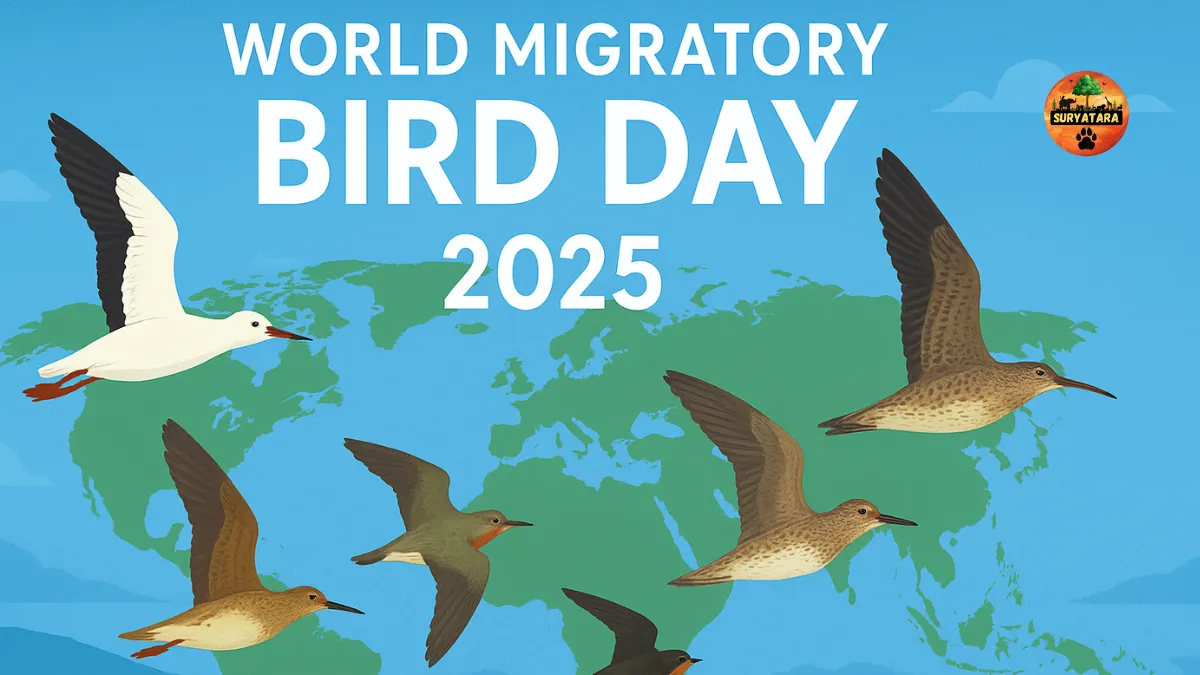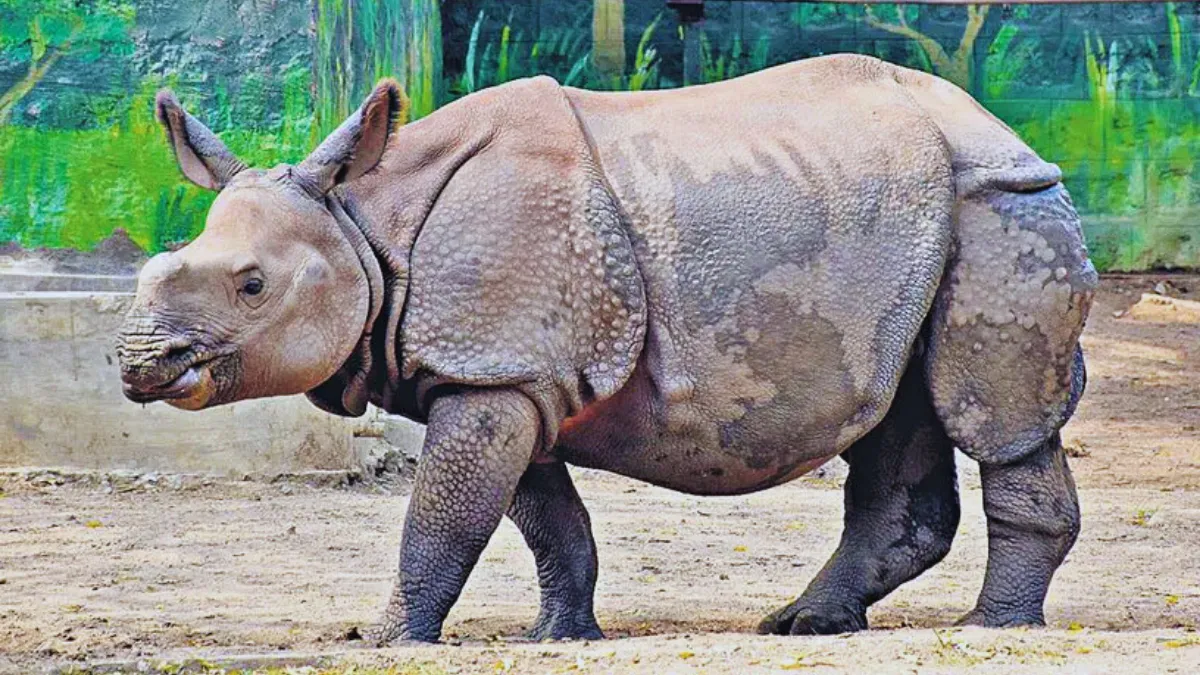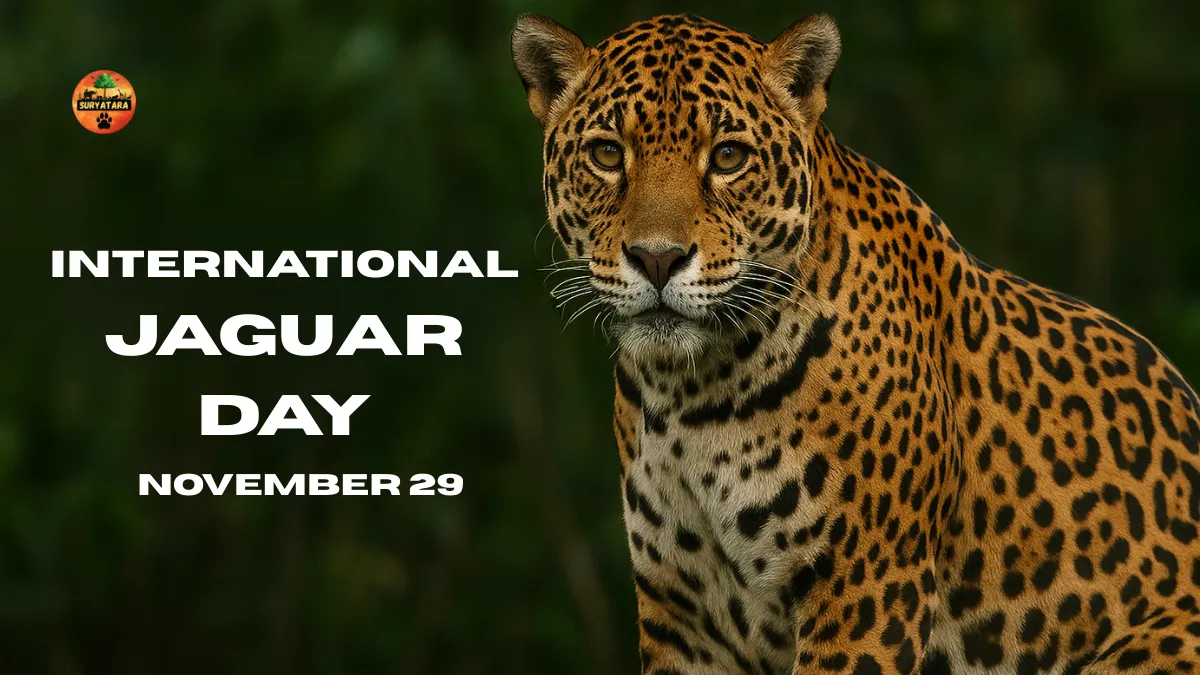World Migratory Bird Day: dinary journeys that span thousands of miles — a phenomenon that continues to fascinate scientists and nature lovers alike. As the world celebrates World Migratory Bird Day 2025, it’s the perfect time to explore the science of bird migration, understand how these winged travelers navigate the globe, and why protecting their habitats is more important than ever.
Why Birds Migrate
Migration is not just a seasonal routine — it’s a matter of survival. Birds migrate primarily to find food, suitable weather, and safe breeding grounds. During the harsh winters of temperate or polar regions, insects disappear, seeds freeze, and nectar sources dry up. To avoid starvation, birds journey to warmer places where food is available year-round.
When summer arrives, they return north to breed. Longer daylight hours and abundant food help them raise their young successfully.
Migration also reduces competition for resources. By spreading out across continents at different times of the year, bird species use global ecosystems more efficiently. Escaping extreme cold and finding optimal breeding conditions increase their chances of survival and reproduction.
World Migratory Bird Day: Celebrating a Global Journey
World Migratory Bird Day is observed twice a year — in May and October — to highlight the seasonal movements of birds between the Northern and Southern Hemispheres. This global campaign raises awareness about the threats migratory birds face and inspires conservation action worldwide.
The 2025 theme, “Protect Insects, Protect Birds,” reminds us that small changes in the environment — like pesticide use or habitat loss — can have massive impacts on migratory bird populations.
The Routes of Migration: Nature’s Sky Highways
Birds don’t just wander aimlessly across continents. They follow ancient, well-established migration routes known as flyways — invisible highways in the sky shaped by geography and climate.
Major Global Flyways
- East Atlantic Flyway: Extends from northern Europe to West Africa.
- East Asian–Australasian Flyway: Connects Siberia and Alaska with Southeast Asia and Australia.
- Pacific Flyway: Runs along the western coasts of North and South America.
- Central Asian Flyway: Covers vast parts of Eurasia and South Asia.
These flyways are lined with critical stopover sites — wetlands, forests, and coastal zones — where birds rest and refuel before continuing their journey. Unfortunately, urbanization and wetland destruction have made many of these natural pit stops disappear, posing a serious threat to migratory species.
The Amazing Navigation Skills of Birds
One of nature’s greatest mysteries is how birds manage to travel thousands of miles with such accuracy. Scientists have discovered that they use a combination of celestial, magnetic, visual, and sensory cues to find their way.
1. Celestial Navigation
Birds use the sun by day and stars by night to maintain direction. Young birds memorize star patterns early in life, enabling them to navigate even across unfamiliar territories.
2. Magnetic Field Detection
Many species can sense the Earth’s magnetic field, using it like an internal compass. Special cells in their eyes or brain respond to magnetic signals, helping them stay on course even when skies are cloudy.
3. Visual Landmarks
Mountains, rivers, and coastlines act as visual guides. Birds memorize these features, just as travelers remember roads or buildings.
4. Smell and Sound
Some species rely on their sense of smell and environmental sounds — such as ocean waves or wind currents — to navigate. Homing pigeons, for example, use scent maps to return home over long distances.
This combination of navigation techniques makes migration one of the most precise and remarkable natural behaviors on Earth.
Physical Adaptations for Epic Journeys
Migratory birds are built for endurance. Their bodies have evolved to withstand long-distance travel through a series of incredible adaptations:
- Powerful flight muscles: Birds’ breast muscles, which make up a large part of their body mass, provide continuous flapping power.
- Streamlined bodies: Aerodynamic shapes reduce drag and conserve energy.
- Wing variation: Long, narrow wings help seabirds glide for hours, while shorter wings suit forest birds that need maneuverability.
- Fat reserves: Before migration, birds enter a phase called hyperphagia, eating excessively to store fat. These reserves serve as fuel, sometimes doubling their body weight.
- Unihemispheric sleep: Some species, like swifts and frigatebirds, can rest one half of their brain at a time while flying — allowing them to travel nonstop for days or even weeks.
Famous Migratory Journeys Across the Globe
Several bird species undertake record-breaking migrations that showcase nature’s brilliance:
- Arctic Tern: The champion traveler, flying from the Arctic to Antarctica and back — nearly 44,000 miles every year.
- Bar-tailed Godwit: Flies non-stop from Alaska to New Zealand, covering about 7,000 miles without resting.
- Ruby-throated Hummingbird: Despite weighing less than a penny, it crosses the Gulf of Mexico (500 miles) in one stretch.
- Common Cuckoo: Travels from Europe to Africa using both celestial and magnetic cues.
These journeys demonstrate the determination and resilience that define migratory birds.
The Challenges Birds Face During Migration
Migration is a test of endurance and survival. Birds battle fatigue, predators, and storms — but modern human activities have added new threats that make these journeys even harder.
1. Habitat Loss
Rapid urbanization, deforestation, and wetland drainage eliminate critical stopover sites.
2. Climate Change
Changing weather patterns confuse migratory timing. Birds may arrive too early or too late for ideal breeding or feeding conditions.
3. Light Pollution
City lights disorient nocturnal migrators, leading to fatal collisions with buildings and towers.
4. Hunting and Poaching
In some regions, migratory birds are still trapped and hunted for food or sport.
As a result, global migratory bird populations are declining — a warning sign for the planet’s ecological balance.
Also read: Best Cameras for Wildlife Photography: Capture Nature’s Most Breathtaking Moments Like a Pro
Why Bird Migration Matters for the Planet
Migratory birds are vital to ecosystems worldwide. Their journeys support:
- Pollination: Many species help fertilize plants while feeding on nectar.
- Seed dispersal: By consuming fruits and excreting seeds elsewhere, they help forests regenerate.
- Pest control: Insect-eating birds keep pest populations in check naturally.
- Nutrient cycling: Their droppings enrich soil and marine environments.
The presence of migratory birds reflects the overall health of ecosystems. Declines often indicate deeper environmental crises that can eventually impact human life.
Also read: Trichy Junction to Trichy Birds Park Distance: A Complete Travel Guide
Science Behind Tracking Migration
Modern technology has revolutionized how we study bird migration. Scientists now use satellite tracking, GPS tags, radar systems, and genetic analysis to understand flight paths and behaviors.
These tools reveal not only where birds go but also how long they stop, what routes they prefer, and how climate change alters their journeys. Such insights are vital for global conservation planning.
Conservation Efforts and Global Cooperation
Protecting migratory birds requires collaboration across borders. Several international agreements and local initiatives are helping safeguard these species and their habitats:
- Convention on Migratory Species (CMS): Promotes cooperation among countries to protect species that cross borders.
- Migratory Bird Treaty Act (MBTA): A U.S. law that bans hunting or capturing protected migratory birds.
- Local Actions: From creating bird sanctuaries to reducing light pollution, community-driven conservation is making a difference.
Public awareness campaigns like World Migratory Bird Day encourage people to make bird-friendly choices — planting native trees, protecting wetlands, and keeping windows safe for flight paths.
Also read: Trichy Birds Park Location – Entry Fee, Timings, and Travel Tips
A Call to Protect the Travelers of the Sky
The science of bird migration reveals not only how birds navigate the world but also how interconnected our planet truly is. Their journeys connect continents, climates, and cultures — reminding us that protecting one species means protecting many.
As climate change and human expansion continue to threaten natural habitats, the message of World Migratory Bird Day 2025 is clear: the flight of birds is a flight for the future of all life.
On this World Migratory Bird Day, let’s pledge to protect the skies that connect us all.
Every bird’s journey is a story of endurance, resilience, and hope — a symbol of the delicate balance that sustains life on Earth.
Frequently Asked Questions (FAQs)
What is bird migration and why do birds migrate?
Bird migration is the seasonal movement of birds to find food, better weather, and breeding grounds. It ensures their survival and successful reproduction.
How do birds navigate such long distances?
Birds use a mix of celestial cues, Earth’s magnetic field, landmarks, and even smell to guide their way.
Which bird travels the longest distance in migration?
The Arctic Tern holds the record, traveling about 44,000 miles every year between the Arctic and Antarctica.
What are the main threats to migratory birds?
Habitat loss, pollution, climate change, illegal hunting, and light pollution are major dangers.
Why is bird migration vital for ecosystems?
Migratory birds play crucial roles in pollination, seed dispersal, and pest control, maintaining ecosystem health globally.













